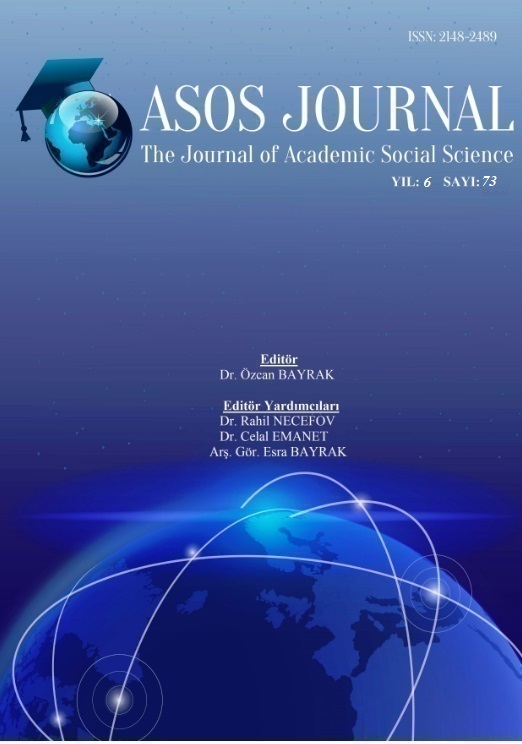Author :
Abstract
İslam dininin kutsal kitabı Kuran’a, ayet ve hadislerin yazılmasına ve ezberlenmesine verilen ehemmiyetle birlikte hat sanatı geçmişten günümüze devamlı bir gelişim çizgisi izlemiştir. Yetiştirdiği üstad şahsiyetlerle yüksek seviyelere ulaşan hat sanatı, zaman içerisinde pek çok sanatla da etkileşimde bulunmuştur. Bunlardan biri de şiirdir. Çoğu hattatın şairlik yönü bulunduğu gibi bazı şairlerin de hat sanatıyla ilgilendiği bilinmektedir. Bu etkileşimin görüldüğü Klasik şiirde bazı ünlü hattatlar, yazıdaki kabiliyetleriyle ve benzetmelerle şiirde yer almaktadır. Bu çalışmada farklı yüzyıllardan seçilen yirmi civarında divan taranmış ve ünlü hattatların şiirdeki izleri ortaya çıkarılmıştır. Bu sayede hat sanatındaki usta isimlerin şiirlerde nasıl karşımıza çıktığı, hangi yönleriyle şiire konu olduğu tespit edilmeye çalışılmıştır.
Keywords
Abstract
The art of calligraphy followed a line of continuous development of, with the importance given to the Qur'an, the writing and the memorization of the verses and hadiths of the Islamic religion's sacred book. The calligraphy reaching high levels with the master figures it has cultivated has also interacted with many arts over time. One of these is poetry. As many calligraphers have a poetry direction, it is known that some poets are interested in calligraphy. In classical poetry, where this interaction is seen, some famous calligraphers take part in poetry with their abilities in writing and analogies. In this study, about twenty Divans were selected from different centuries, and the traces of famous calligraphers were revealed. In this respect, it has been tried to determine how the masters of calligraphy art have been taking part in poems and in which directions is described in poetry.





